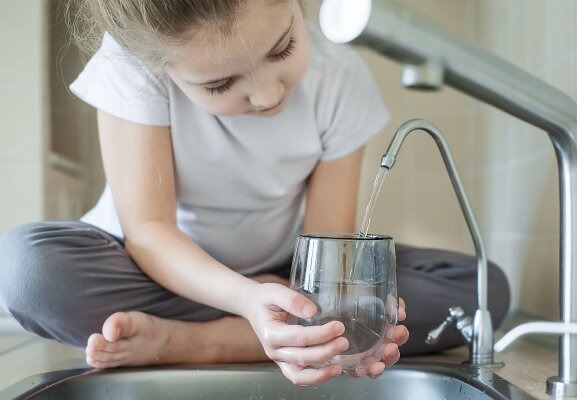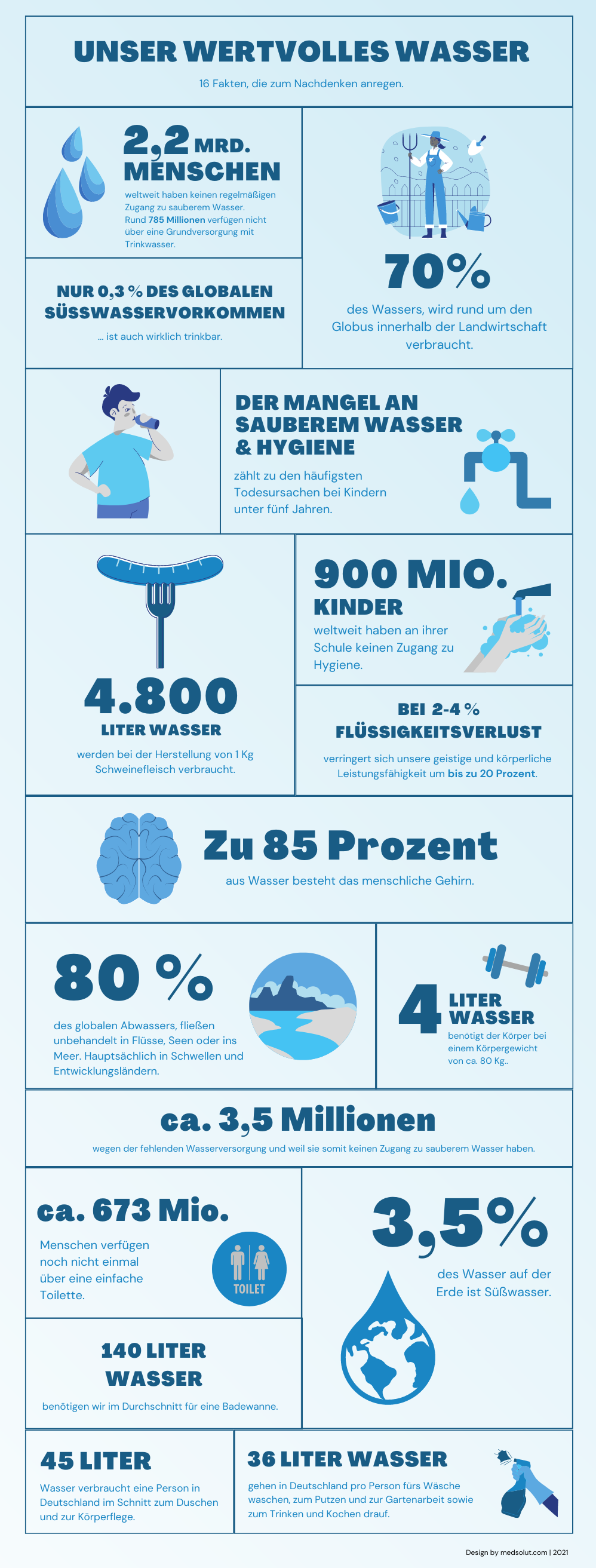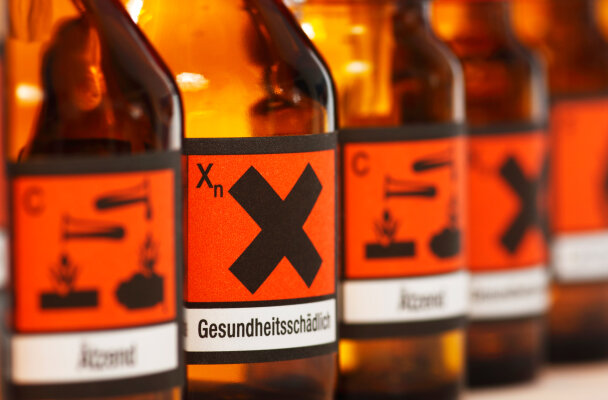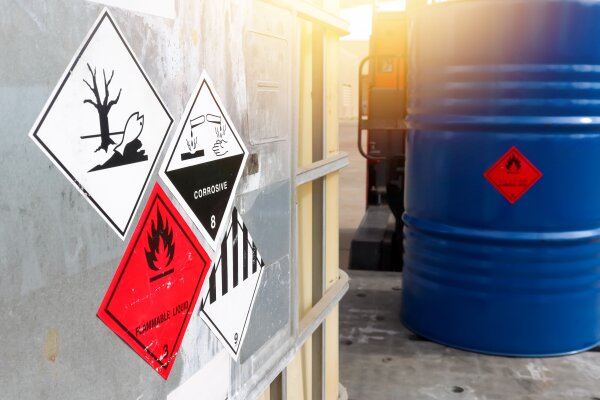About valuing our water - All about World Water Day 2021

Topics of the article
- Why does World Water Day exist?
- World Water Day - Worldwide day of action to raise awareness.
- The theme for World Water Day 2021 - "Valuing Water"
- The 2030 Agenda for Sustainable Development
- World Water Day infographic
- Latest research results from the field of water and drinking water analysis
- Sensitivity - Efficiency - Flexibility
- What about the future of our water?
- Conclusion
March 22 is World Water Day. This year the motto of the day, which was established by the United Nations, is "Valuing Water". Our team has thought about this important topic and collected relevant facts and information. What exactly this day is all about, what new research findings have emerged in the field of water analysis and what we can do to strengthen and promote the basic idea of valuing our water, you will find out below.
Why does World Water Day exist?
Clean drinking water is taken for granted in Germany's households. But that's not the case everywhere in the rest of the world. More than 2.2 billion people worldwide do not have access to clean water [1]. In many regions, especially in South Asia, North Africa or the Middle East, there is a shortage of water. More than 40% of the world's population is denied access to safe sanitation. [2] Diseases caused by contaminated water are often the result.
World Water Day - Worldwide day of action to raise awareness.
In 1993, World Water Day was launched at the UN Conference in Rio de Janeiro and has been held every year since on March 22. The international day of action aims to increase awareness among the general public about the critical global water situation. On World Water Day, all UN member states are called upon to introduce UN recommendations and initiate concrete national activities to improve water availability or the sustainable use of water.
The theme on World Water Day 2021 - "Valuing Water".
In 2021, the motto for World Water Day will be "Valuing Water" [3]. The motto is intended to encourage people all over the world to think about the vital value of water. This includes not only financial aspects, but also social, cultural and ecological aspects.
Water forms the basis of all life, but in view of the changing climate and rising population figures, this valuable resource is becoming increasingly scarce. It is therefore all the more important that people become aware of the value of water in their daily lives, and not just on World Water Day, and that they use this precious resource sparingly and mindfully.
The 2030 Agenda for Sustainable Development
Creating justice in the world, eradicating poverty, conserving natural resources - these are the intentions of the 2030 Agenda for Sustainable Development adopted by the United Nations (UN) in 2015.[4]
The 17 goals for a more sustainable world
At the core of this are 17 Sustainable Development Goals (SDGs). These are intended to promote social, environmental and economic measures to achieve a higher level of sustainability worldwide by 2030. The goals include, for example, more climate protection and a significant reduction in poverty and hunger. However, the sustainable use of clean water and its availability to all people is also enshrined in the sixth of the 17 goals, thus linking World Water Day to the 2030 Agenda.
Countries committed to implementation
Translating the goals into concrete action is up to nation states. However, all countries are obliged to actively drive the implementation of the measures - regardless of their economic situation and level of development. Only the global approach can ensure that measures taken by economically stronger countries also support sustainable development in the world's poorer countries.
World Water Day infographic

Latest research results from the field of water and drinking water analysis.
Providing the world's population with clean drinking water requires, not least, efficient and sensitive analytical methods. The use of pesticides, entry of microplastics into water bodies, environmental toxins, disposal of medicines or household chemicals - all factors that lead to increasing contamination of water. More and more new substances have to be detected, identified or quantified.
In Germany, for example, more than 100 chemical substances are regularly monitored today, six times as many as in 1975. In addition to chemical substances, another focus of water analysis is on microbiological parameters or indicators such as the pH value. World Water Day is also a good opportunity to look at the latest developments in this context.
Sensitivity - Efficiency - Flexibility
According to the current state of research in water analysis, three main directions are being pursued
- Maximum efficiency through high throughput and automation
- Maximum sensitivity also for new substances
- Flexible test options with fast evaluation possibilities based on artificial intelligence
The new water analysis is smart. Automated sample tasks (autosamplers) increase the throughput of laboratories, ready-to-use test kits with the necessary test reagents replace complicated and tedious sample preparations. Today's modern laboratory instruments can identify up to 260 substances simultaneously - with little manual effort.
In addition, evaluation algorithms based on artificial intelligence are increasingly being used. These can filter out the right substance from the large amount of analysis data much faster and more precisely than humans can. The new methods have also contributed to a 1000-fold increase in the sensitivity of water analysis over the past 30 years.
The new technologies also make it possible for instruments to become ever smaller and thus ever more flexible. In the future, it will be possible to take samples in water bodies or wells, measure them with handheld instruments and evaluate them directly. Transport to the laboratory and the associated costs and waiting time for the result will no longer be necessary. This is a further development that has great potential for application, especially in the poorer countries of the world.
What about the future of our water?
"Water is becoming more precious than gold" is the headline of a UN study on the future of water, painting a bleak picture. The earth's water resources are finite, the available water is becoming scarcer and a water deficit seems inevitable.
The world's population is growing steadily, with an expected increase of 78 million people per year. The population of today 7.8 billion people will have grown to 9.7 billion by the year 2050. [5,6]
In addition, per capita water consumption is constantly increasing, currently rising twice as fast as the world population. Today, an average person in Germany consumes 121 liters of water per day, more than eight times that of the grandparents' generation. Only the smallest proportion, just under five liters, is used for cooking, eating and drinking. Most of it is used for bathing and showering (44 liters), flushing toilets (33 liters), and washing and rinsing (30 liters). [1]
But that's not all: the rest of the water is not protected from contamination either. Toxins, fertilizers, garbage and other chemicals get into drinking water and into rivers and lakes. Today, drinking water has to be elaborately purified by complex filter mechanisms and the addition of purification chemicals before it can be made available again. The harmful substances in rivers and lakes enter the sea and remain there. We ingest them again through our food.
How can we prevent this?
The gloomy scenarios can only be prevented if there is a change in people's attitude to water. With water fixtures and household appliances that save water, per capita consumption could be cut in half. Water recycling concepts in industry could significantly reduce industrial water consumption. There is also high potential in agriculture: underground and near-plant irrigation can save a lot of water, and biological fertilizers would not pollute groundwater in the same way. The technical means to implement such ideas would be available.
Conclusion
Life cannot exist without water - it is the source and origin and accompanies us from creation to death. However, this valuable resource is becoming increasingly scarce and is also unevenly distributed around the world. For example, a quarter of the world's population has no access to clean water. Every person can do their part to change this and prevent a future water catastrophe.
If everyone takes World Water Day as an opportunity to question their personal use of drinking water, invest in water-saving technologies and treat this valuable resource with care in everyday life, the wheel can be turned. However, without a change in awareness and a change in the way we deal with water, future water crises are pre-programmed.
Do you have comments on the topic or wish topics for further blog articles? Then do not hesitate to contact us. To do so, use our contact form, call us (+49 30 209 657 900) or send us an email at info@medsolut.com.
Sources:
[1] Analytical and Laboratory Technology, Key to the Safety of Drinking Water and Other Foodstuffs, Spectaris / Messe München, Berlin/Munich, 2020.
[2] https://www.unesco.de/newsletter/2580/weltwasserbericht-2019-grosse-ungleichheiten-beim-zugang-zu-wasser-sperrfrist-19
[3] https://www.bmu.de/themen/wasser-abfall-boden/binnengewaesser/gewaesserschutzpolitik/international/weltwassertag-am-22-maerz-2021/
[4] https://www.bmz.de/de/themen/2030_agenda/
[5] Current world population at countrymeters.info, Retrieved May 14, 2020.
[6] Population Division of the Department of Economic and Social Affairs of the United Nations Secretariat (ed.): World Population Prospects. The 2010 Revision. World Population change per year (thousands) Medium variant 1950-2050. 2012.
Information for the infographic:
Berliner Wasserbetriebe, www.bwb.de, 2021
Fitness Magnet, www.fitnessmagnet.com, 2021
Aquaalpina, www.aquaalpina.at, 2021
UNICEF, www.unicef.de, 2021
Baulinks, www.baulinks.de, 2021
BMU, www.bmu.de, 2021




